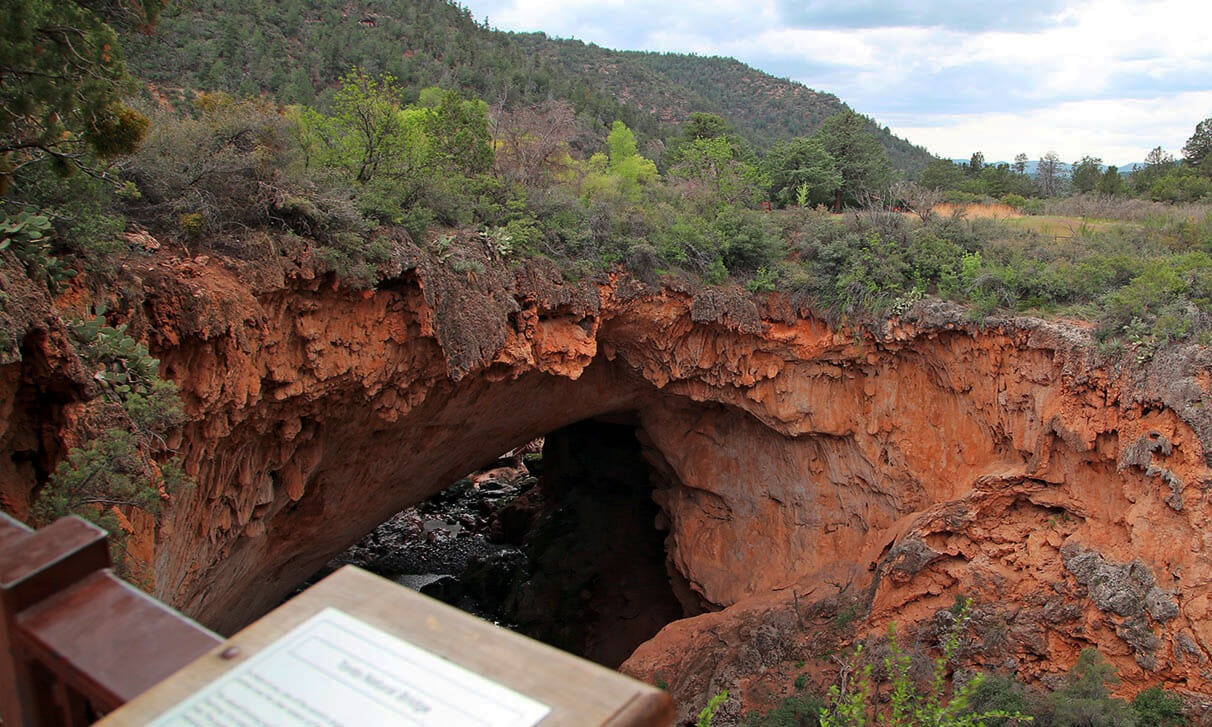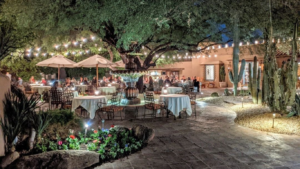Arizona public parks generated approximately $449 million in economic impact in 2020, a new study from the University of Arizona Cooperative Extension revealed. The study was presented by Dari Duval on behalf of the team to the Arizona State Parks Board and discussed in detail on Sept. 16. The study also revealed that state parks have sustained 4,200 jobs in the state of Arizona and generated $172 million in income.
People have been spending more time and money in public parks since before the pandemic. State parks saw an almost 30% increase in visits since 2014, with non-locals spending an average of almost 10% more on state parks.
READ ALSO: 10 of Arizona’s best hikes
“Parks have provided a relatively safe space option for recreation, for socialization, during the pandemic. And anecdotally, we’ve heard a lot of information that parks have been packed,” Duval said.
On a more recent measure, however, Historic parks like Kartchner Caverns saw a 50% decrease in visitation since 2019. Because a lot of historic parks consist of indoor spaces, they remained closed during the height of the pandemic in the interest of public health and safety. Once the parks opened back up after March and April 2019, visitation gradually increased.
According to the executive director of the Arizona Office of Tourism, Debbie Johnson, the results of the study weren’t surprising. According to Johnson, Lake Havasu and Sedona saw much higher rates of travel in 2020 than in 2019, not just in state parks but around the cities themselves, as people looked to socialize in safe ways outside.
“Everything we do is based on research, so this is just another kind of piece of the puzzle, so to speak,” Johnson said. Johnson reaffirmed the need for a continued partnership between parks and tourism in Arizona, with more and more people looking to get outside. Leave No Trace principles have long existed in parks in collaboration with tourism, encouraging hikers to protect Arizona outdoors through minimizing potentially dangerous human impact on wildlife and the surrounding ecosystems.
Johnson estimates the Arizona Office of Tourism will be spending between $3 million to $5 million on education campaigns to encourage people to “take care of our Arizona outdoors.”
“As we’ve seen these significant increases in people outdoors, not just in state parks but also in all of our outdoor areas, we want to make sure we’re educating people on the importance of taking care of them and being respectful,” Johnson said.
Aside from discussions surrounding the study, the Board introduced a new member, Sarah King, of the Arizona State Parks and Trails Board, and voted on an action item. The Board granted lump sum spending authority on a pre-approved budget for 2022 to the Executive Director of Arizona Public Parks.
Park Manager Nikki Lobber of the Riordan Mansion State Historic Park highlighted the history of the park, the park’s hours and updated operations. Bob Broscheid, Executive Director of Arizona Public Parks, thanked Parks Historian Charles Eatherly for 50 years of service in dedication to Arizona’s public parks. The Board will meet next in person on Thursday, Oct. 21.




